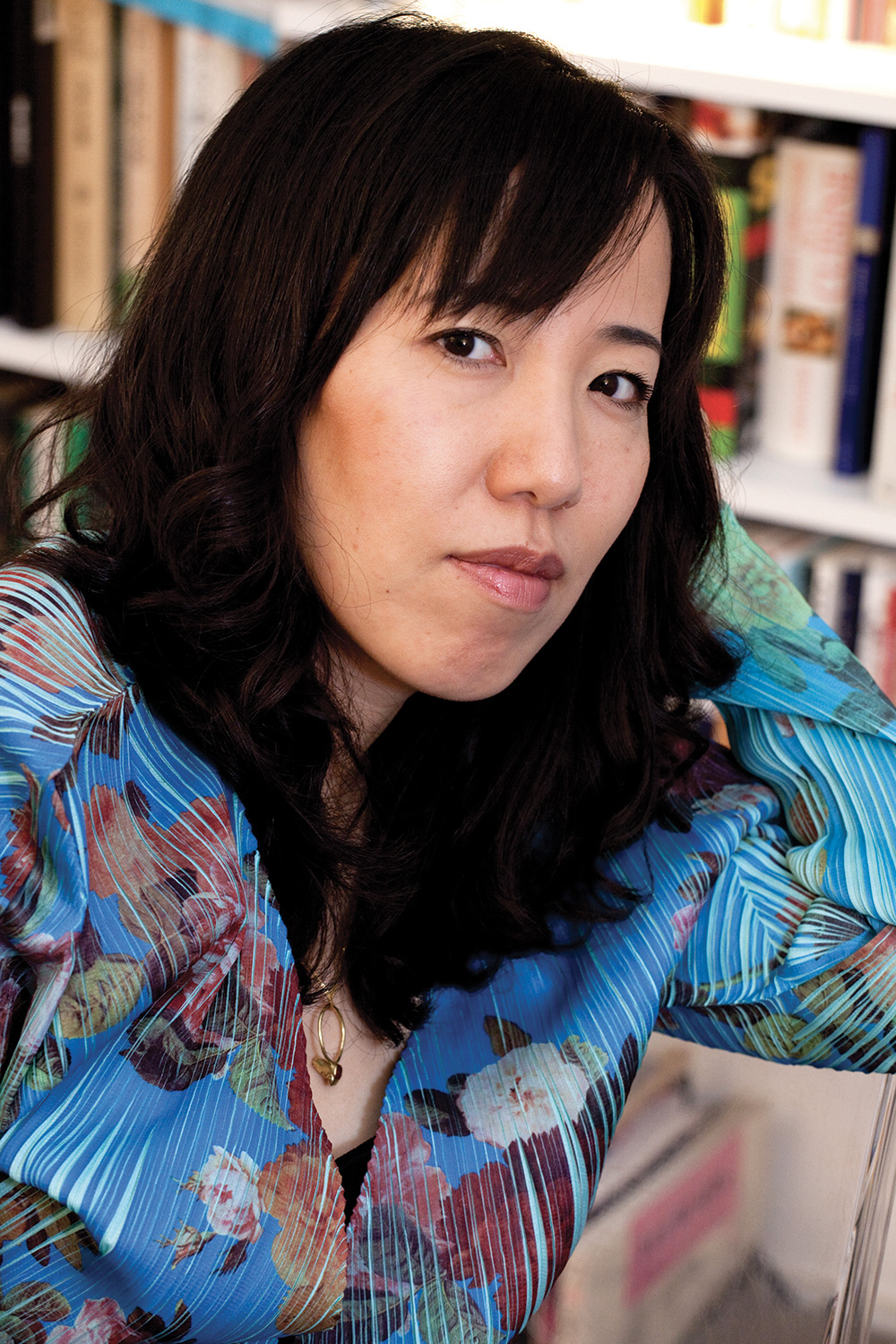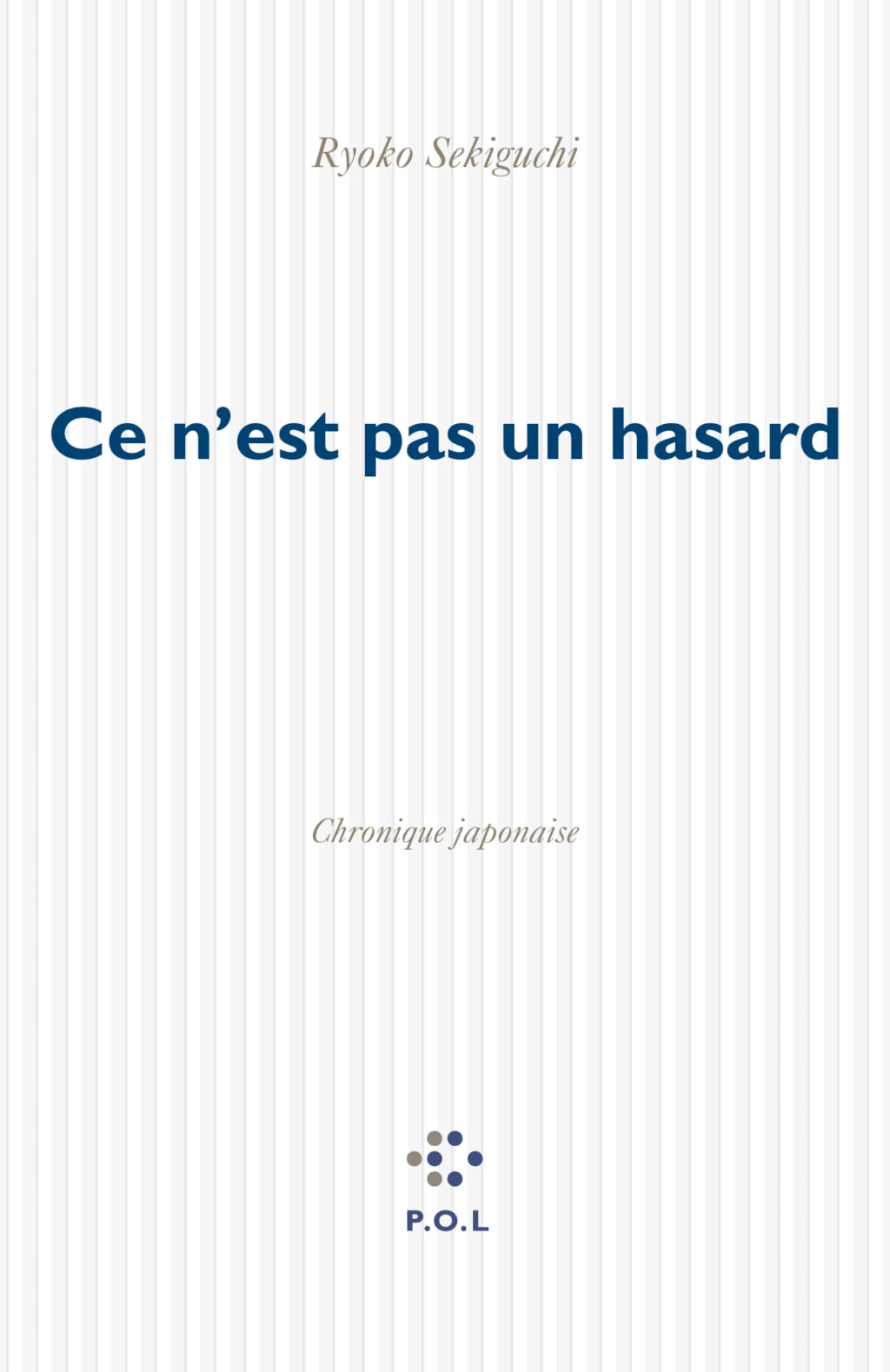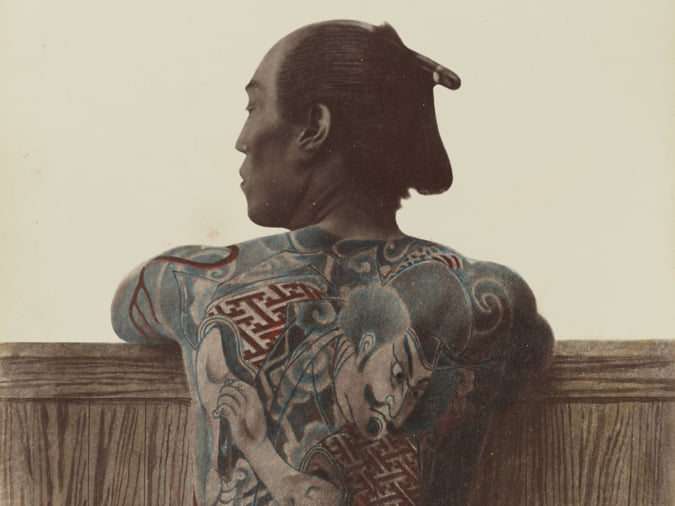‘Ce n’est pas un hasard’, the Chronicle of the Fukushima Disaster
In this personal account of the earthquake that hit Japan on 11 March 2011, Ryoko Sekiguchi analyses a tragedy that could have been avoided.

Ryoko Sekiguchi © Hélène Bamberger / P.O.L
Between 10 March and 30 April 2011, Ryoko Sekiguchi lost herself in writing. Over the course of those 49 days, she noted down sounds, sensations, and memories and watched habits dissolve into an almost supernatural everyday existence, and questioned the living and the survivors. Forty-nine is a symbolic figure that corresponds to the length of the mourning period in Japanese culture. Her text begins on the eve of the disaster, allowing the author to gain 24 precious hours in the narrative before everything is thrown into disarray the following day.
A writer, poet, and translator, Ryoko Sekiguchi settled in France in 1993, but her parents and many other members of her family live in Japan. She discovered what had happened via television: an earthquake that triggered a tsunami, and then a nuclear disaster in Fukushima. She was unable to contact her friends and family as the telephone lines were overloaded. Ce n’est pas un hasard (‘It Is No Coincidence’) recounts these moments spent waiting, in shock. It questions how people experience a crisis when they are so far away from their home country, and the emotions they endure. The writer explains that rather than wondering what she could write about this triple catastrophe, she asked herself what the victims would have wanted to read.
A chronicle between Paris and Tokyo
Thus, this account was born. Ryoko Sekiguchi started writing the chronicle in Paris before continuing in Tokyo, where she headed three weeks after the earthquake. She recorded conversations and sought to capture the particular atmosphere that prevailed in the country at the time, as she noticed small but discernible changes in behaviour. Ryoko Sekiguchi also gives a voice to those who doubted, who criticised the appropriateness of government action, and who refused to see this catastrophe as simply another natural disaster in a country that is regularly subjected to the wrath of nature.
Ce n’est pas un hasard is a tribute to the anonymous victims. A personal and political tale, it sheds new light on the disaster that occurred on 11 March 2011.
Ce n’est pas un hasard (‘It Is No Coincidence’) (2013) by Ryoko Sekiguchi is published by P.O.L (not yet available in English).

© P.O.L
TRENDING
-
Colour Photos of Yakuza Tattoos from the Meiji Period
19th-century photographs have captured the usually hidden tattoos that covered the bodies of the members of Japanese organised crime gangs.

-
The Tattoos that Marked the Criminals of the Edo Period
Traditional tattoos were strong signifiers; murderers had head tattoos, while theft might result in an arm tattoo.

-
The Nobu Empire, the Fruit of the Friendship between the Chef and Robert De Niro
The two men are partners in Nobu Hospitality, a luxury restaurant and hotel brand that has become a global success.

-
Hayao Miyazaki, the Man Who Adored Women
The renowned director places strong female characters at the heart of his work, characters who defy the clichés rife in animated films.

-
The Tradition of the Black Eggs of Mount Hakone
In the volcanic valley of Owakudani, curious looking black eggs with beneficial properties are cooked in the sulphurous waters.





